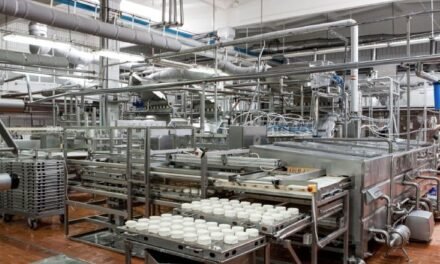The production and distribution of bottled water have significant environmental impacts throughout its lifecycle, from resource extraction to manufacturing, transportation, and disposal. Here’s an overview of the key environmental concerns:
1. Water Resource Depletion
- Impact: Bottled water production requires extracting large quantities from natural sources, often in regions where water scarcity is a concern.
- Example:
- Excessive extraction by bottling companies in water-stressed areas can reduce groundwater levels and negatively affect local ecosystems and communities.
- Statistics: It is estimated that producing 1 liter of bottled water requires 1.39 liters of water, including the water used in the manufacturing process.
2. High Carbon Footprint
- Impact: Bottled water has a significantly higher carbon footprint compared to tap water due to:
- Plastic Production: Manufacturing polyethylene terephthalate (PET) bottles involves petroleum extraction and energy-intensive processes.
- Transportation: Bottled water is often transported long distances, adding to greenhouse gas emissions.
- Example: It is estimated that bottled water is 500 times more carbon-intensive than tap water.
- Statistics: Global bottled water production contributes millions of metric tons of CO₂ annually.
3. Plastic Waste Pollution
- Impact: The disposal of PET bottles poses a major environmental challenge:
- Only about 30% of plastic bottles are recycled globally, with the rest ending up in landfills, oceans, or as litter.
- Decomposing plastic bottles can take up to 450 years, contributing to long-term pollution.
- Example: The Great Pacific Garbage Patch contains significant amounts of plastic waste from beverage bottles.
- Statistics: Over 1 million plastic bottles are purchased every minute globally, with many discarded improperly.
4. Energy Use in Manufacturing
- Impact: Producing bottled water involves energy-intensive processes:
- Bottle manufacturing, water treatment, filling, and packaging.
- Powering machinery and facilities for bottling and labeling.
- Example: The energy required to produce bottled water can be up to 2,000 times that of tap water.
5. Contribution to Ocean Pollution
- Impact: Improperly disposed bottles often end up in oceans, breaking into microplastics that harm marine life.
- Example: Marine animals ingest or become entangled in plastic waste, leading to injury or death.
- Statistics: By 2050, if current trends continue, there could be more plastic than fish in the ocean by weight.
6. Impact on Ecosystems
- Impact: The extraction of raw materials for plastic production and water bottling can harm local ecosystems:
- Depleting aquifers disrupts habitats and affects biodiversity.
- Mining for raw materials like petroleum can cause land degradation.
- Example: Local communities near bottling plants often face reduced water availability and ecosystem imbalances.
7. Alternatives and Solutions
- Tap Water and Refillable Bottles:
- Encourage tap water use, which has a much lower environmental footprint.
- Promoting reusable bottles made from sustainable materials like stainless steel or glass.
- Improved Recycling:
- Developing more effective recycling systems to increase plastic recovery rates.
- Incentivizing bottle return programs and adopting circular economy practices.
- Biodegradable and Compostable Materials:
- Research into plant-based plastics and biodegradable packaging to reduce pollution.
- Sustainable Practices by Companies:
- Transitioning to renewable energy in production.
- Using recycled PET (rPET) to manufacture bottles.
Conclusion
The environmental impact of bottled water production is significant, affecting water resources, energy consumption, carbon emissions, and plastic pollution. Transitioning to sustainable alternatives, improving recycling infrastructure, and reducing bottled water consumption can mitigate these environmental challenges and promote a more sustainable future.
Hashtags
#GoGreen #SaveOurPlanet #SayNoToPlastic #EcoWarrior #SustainableChoices #CleanWaterForAll #EcoFriendlyLiving #ProtectOurEarth #ZeroWaste #ReusableBottles #ConsciousConsumer #EcoAwareness #SustainableFuture #EcoRevolution #GreenLiving #EcoFriendlyProducts #SustainableSolutions #EcoConsciousness #PlasticFreeLiving #WaterCrisis









